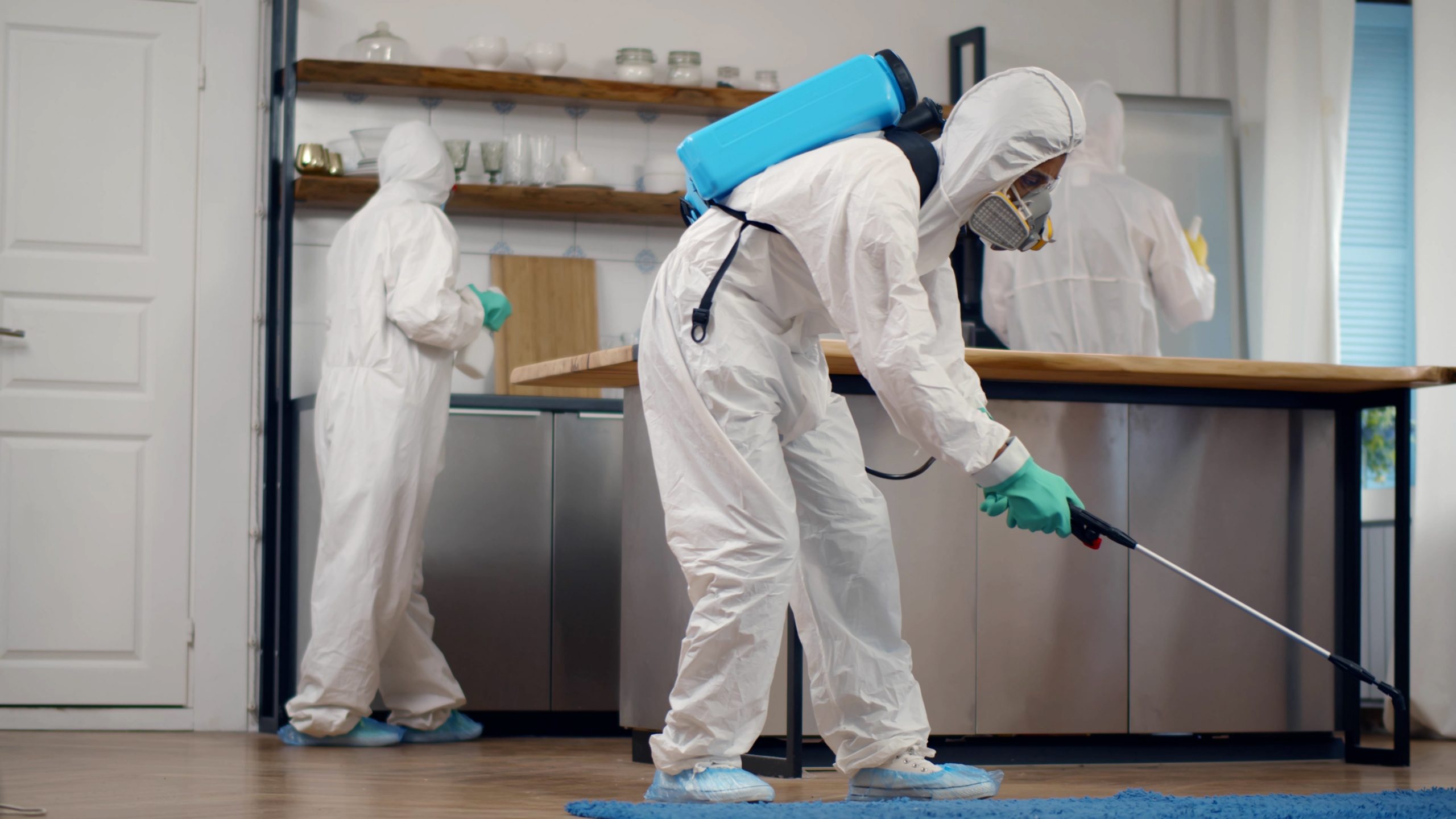Bed Insect Therapy Break Down: Comparing Chemical Vs. Non-Chemical Solutions
In the world of pest control, especially when dealing with the persistent issue of bed insects, the selection between chemical and non-chemical therapy options can be a pivotal one. Both approaches offer distinctive advantages and disadvantages, affecting variables such as performance, security factors to consider, and total price. By analyzing the nuanced information of each method, a clearer understanding of which path to go after in attending to a bed bug invasion can be acquired.
Effectiveness of Chemical Treatments
Chemical therapies for bed insect infestations have actually been widely acknowledged for their rapid and powerful effectiveness in getting rid of these bugs. When taking into consideration the efficiency of chemical therapies, it is important to recognize that they can supply a quick and complete solution to a bed insect problem.
Moreover, chemical treatments have the advantage of using residual effects, suggesting that they can remain to remove bed bugs even after the initial application. This recurring action is particularly advantageous in combating any kind of prospective re-infestations. Additionally, the rapid activity of chemical treatments can bring relief to individuals dealing with extreme bed bug invasions, allowing them to reclaim control of their living spaces rapidly.
Security Worry About Chemical Solutions
One vital element that needs cautious consideration when utilizing chemical services for bed insect therapy is making sure the safety and security of owners and the atmosphere. Direct exposure to specific chemicals used in bed pest therapies can lead to respiratory concerns, skin irritability, or various other damaging responses, specifically in people with pre-existing conditions or level of sensitivities.
Additionally, the ecological influence of chemical services is another considerable consideration. Some pesticides used in bed pest treatments may be harmful to advantageous insects, wildlife, and ecological communities if they leach into the dirt or water systems. It is necessary to make use of chemical therapies carefully, following security standards, and considering less poisonous alternatives to alleviate these threats and ensure the efficient and safe administration of bed insect invasions.
Advantages of Non-Chemical Approaches
Taking into consideration the prospective security issues and environmental influence associated with chemical services for bed bug therapy, checking out non-chemical approaches presents an appealing option with several distinctive benefits. Non-chemical treatments are ecologically friendly, as they do not contribute to air or water pollution, making them a lasting option for bug control.
In addition, non-chemical services can be reliable in targeting bed bugs, including hard-to-reach locations where chemical treatments may not permeate - A1 bed bug exterminator charlotte. Techniques such as warmth therapy, vacuuming, heavy steam cleansing, and cushion coverings provide detailed elimination without the usage of unsafe chemicals.
Limitations of Non-Chemical Treatments

Furthermore, non-chemical therapies typically call for several applications to attain effective removal. This can be taxing and may not constantly guarantee total removal of all bed bugs and their eggs, especially in hard-to-reach or covert areas.
Additionally, the success of non-chemical therapies heavily counts on proper application and thoroughness, which can be testing for people without specialist knowledge. Poor application of non-chemical methods may result in incomplete removal, leading to persistent invasions and the demand for added therapies.
Consequently, while non-chemical therapies have their benefits, it is vital to recognize these limitations and consider them when identifying the most efficient method for handling bed bug invasions.
Price Contrast: Chemical Vs. Non-Chemical Options
Provided the restrictions connected with non-chemical treatments, a crucial facet to review in the context of bed bug administration is the expense contrast in between chemical and non-chemical choices. Chemical treatments usually include the application of insecticides by specialists, which can vary from $250 to $900 per room, depending on the seriousness of the infestation and the dimension of the location to be dealt with. On the other hand, non-chemical therapies like warm treatment or vapor can be a lot more pricey, check these guys out with expenses ranging from $1,000 to $6,000 for a whole home. While the preliminary expense of chemical treatments might appear lower, numerous treatments may be required to fully eradicate the problem, possibly raising the general cost. On the various other hand, non-chemical alternatives might offer a more lasting and green solution, although they can be cost-prohibitive for some people. Eventually, when considering the expense of bed insect visit this website therapy options, it is very important to weigh the upfront costs against the effectiveness and long-term sustainability of the picked approach.
Conclusion

Taking into consideration the potential security worries and environmental effect linked with chemical solutions for bed insect therapy, discovering non-chemical strategies provides a promising option with numerous distinctive advantages.Given the restrictions associated with non-chemical therapies, a vital element to examine in the context of bed bug management is the price contrast in between chemical and non-chemical choices. In contrast, non-chemical therapies like warmth therapy or steam can be much more costly, with expenses varying from $1,000 to $6,000 for a whole home. While the first price of chemical treatments may seem reduced, several therapies might be needed to fully get rid of the problem, possibly boosting the general expense.In final thought, when contrasting chemical and non-chemical bed insect therapy choices, it is important to useful source consider performance, safety, benefits, limitations, and price.
Comments on “A1 Pest Control Charlotte NC Bed Bugs - Professional Elimination Services”